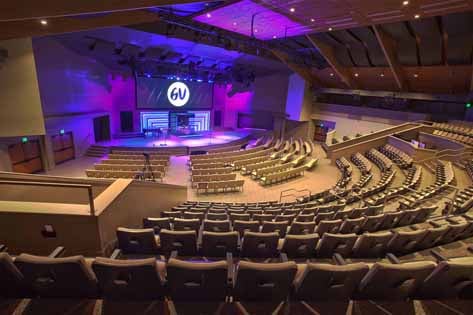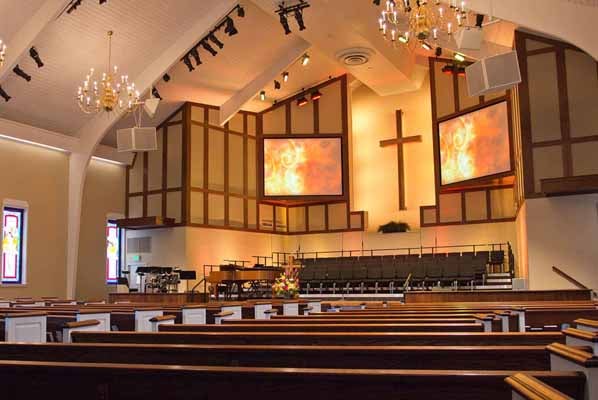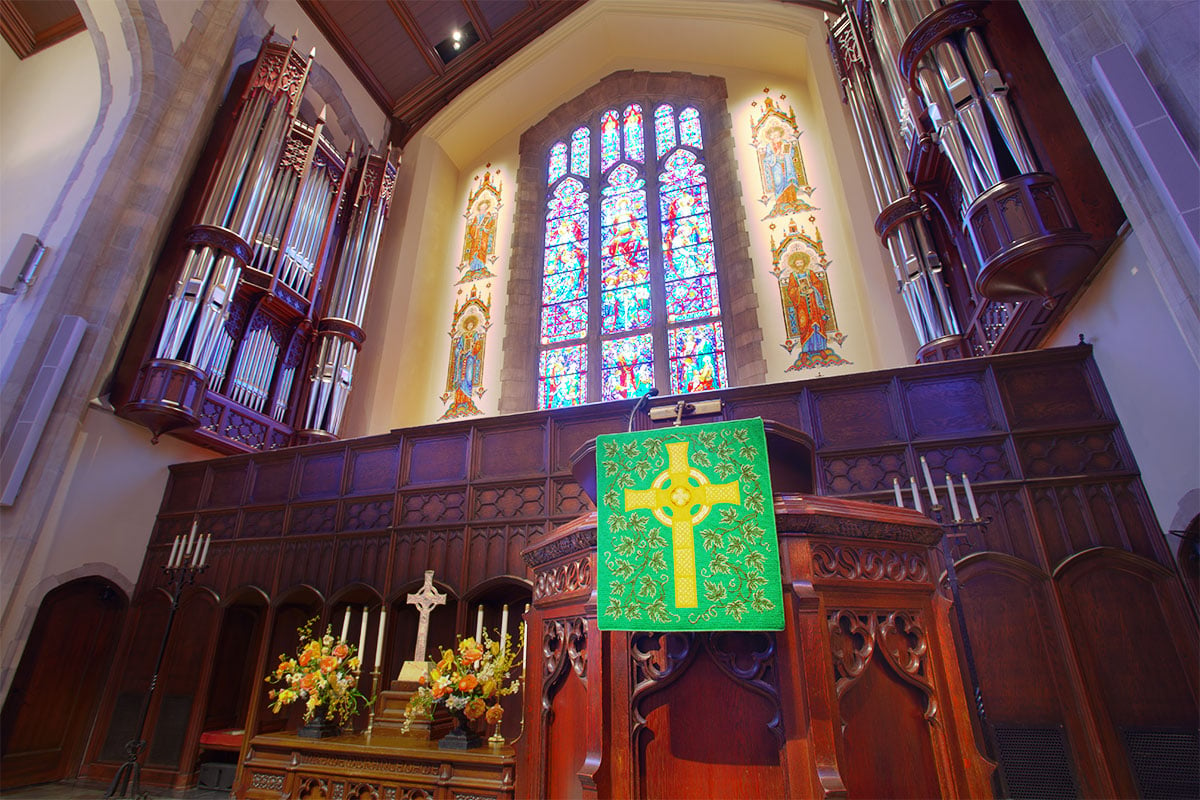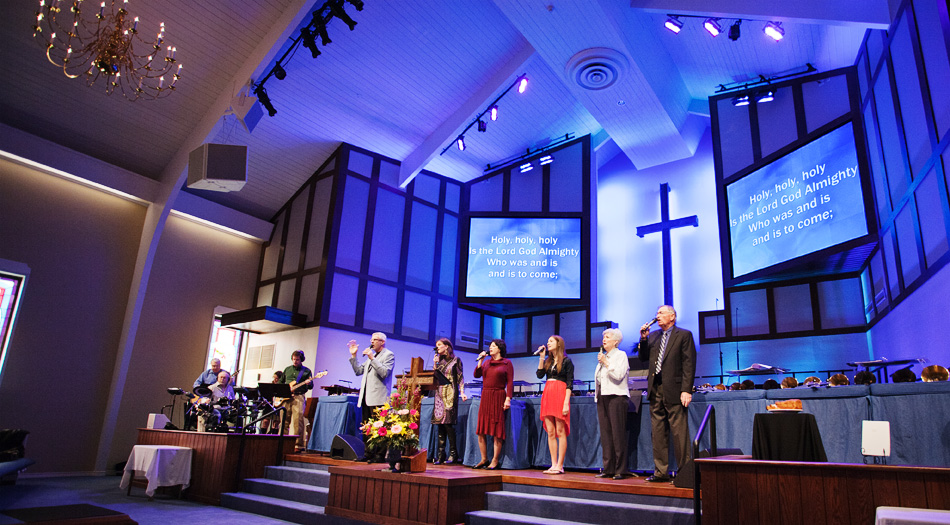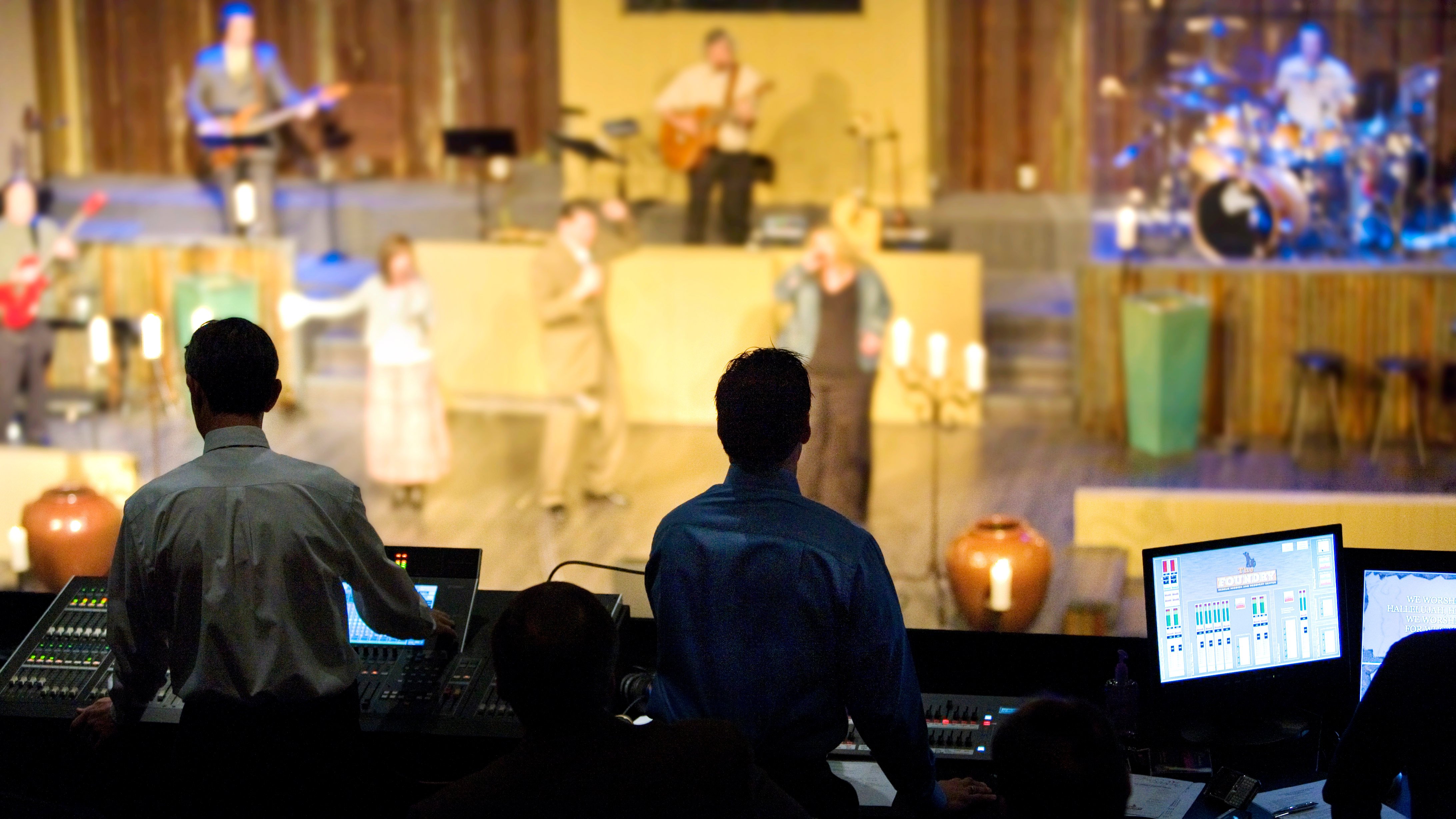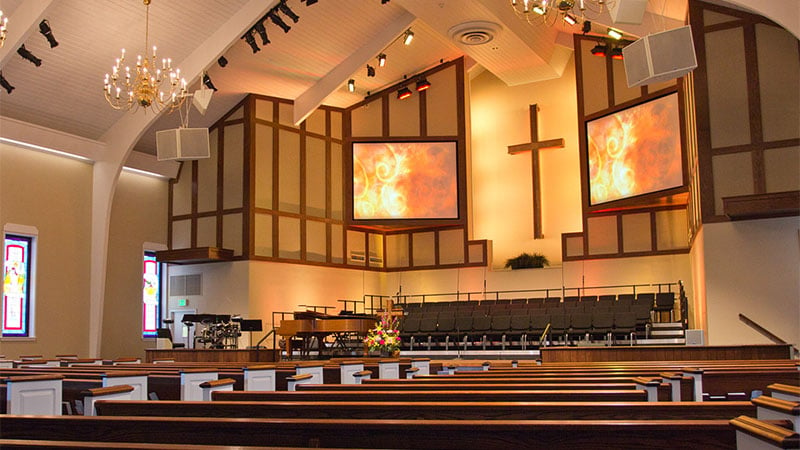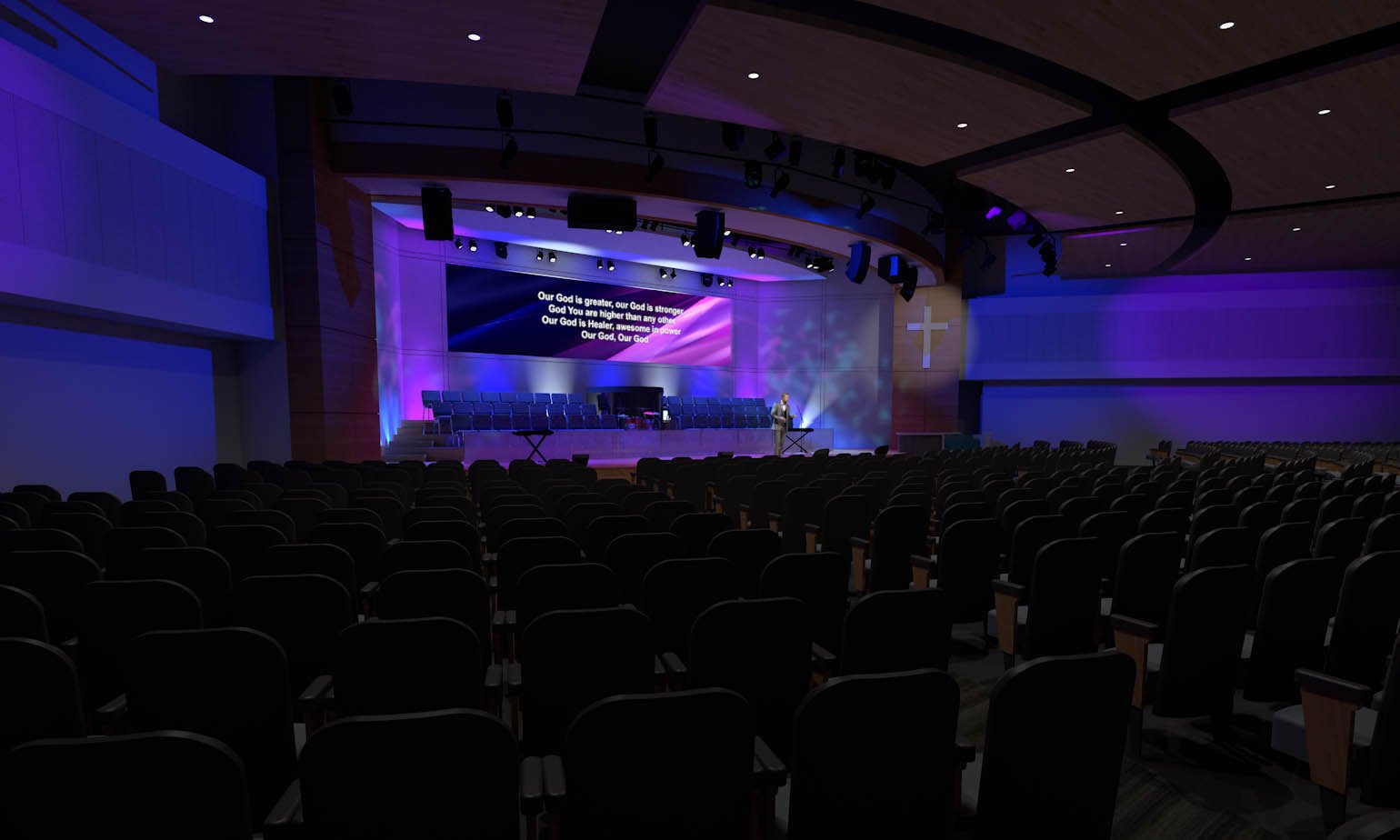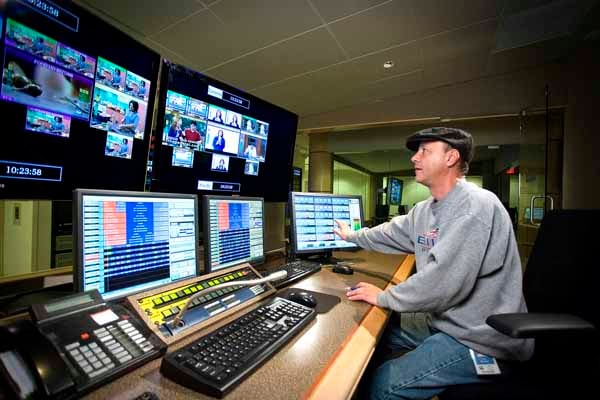How It Happens
There's no counting how many situations we have encountered where a church's investment in technology was not only failing to enhance worship, but was downright distracting. In some instances it results from a lack of quality resources, but more often than not these failures are the result of poor application or basic operation rather than faulty equipment. Just like other forms of art, having the tools is simply not enough when it comes to worship technology.
If we view running sound, video and lighting as an art form, which it is, then we should make an effort to approach it with the same measure of excellence that we demand in other areas of worship.
Very few would consider inviting a musician to the platform without some proven level of mastery of their instrument, so we should be similarly mindful of the tendency to send our media volunteers into the booth unequipped for the task at hand. Musicians often audition for positions on the praise team, but all too often we don't hesitate to throw a completely inexperienced, non-technical volunteer into the trenches just because they'll show up.
Worship presentation technology is a unique creature comprised of multiple disciplines, each fraught with opportunities to negatively affect the next. While any one of these shortcomings might not completely derail worship, their sum total can often add up with surprising force. The result is a sort of death by 1000 paper cuts, whereby technologies that are intended to enhance worship create a series of tiny disconnects that can, in extreme cases, become a major distraction.
Practical Examples of Church Sound System Mistakes
There's nothing in the world that can derail a worship service like a sound system failure. System operators can unleash feedback, buzz and hum on an audience in the blink of an eye. On the other end of the spectrum, a muted microphone can completely disrupt the flow of worship. While these are probably the most common issues in worship, the good news is that they are the easiest to correct with training and proper system setup.
With the state of technology today, expectations are understandably higher than ever. There's no excuse for feedback or noise in modern audio systems, and proper loudspeaker coverage is easily attainable for any church working with a reputable integrator.
Here are a few of the common mistakes we see on a regular basis in no particular order:
Mistake: Poor Coverage
Mistake: Booth Location
Mistake: Sound Team Training
You can spend millions of dollars on the greatest sound technology available, and it won't make any difference if the tech team doesn't know how to turn the system on. A properly trained operator is just as important as having the right equipment, good design and controlled acoustics. Almost every time we visit a church experiencing sound-related issues, the experience and knowledge of the system operators represents the best and least expensive avenue for improvement of the church's worship experience.
Mistake: Bad System Design
We once visited a church that had the most unique mixing console we'd ever seen. The system was cobbled together from dozens of components including rack-mount pre-amps, digital converters, a series of midi controllers and computer software. Watching the sound tech use the system was like some kind of demented ballet where he moved back and forth between racks of equipment, grabbing knobs and faders along the way. The church was proud of what he had cobbled together, not realizing that his entire dance around the mixer could be accomplished with a single button push on a standard digital console. We were called in because they needed to add inputs, and they couldn't figure out how it was possible with the science experiment that was their mixer. They also complained that nobody could operate the system except the mad scientist who had pieced it together. Just because you can, doesn't mean you should...
With modern technology it's pretty easy to buy a list of components, wire them up and get sound out of the system. Designing a system that is flexible, maintainable and easy to use is another story. A well-designed system simplifies operation and takes into consideration the skill level of the system operators and sets your team up for success.
What Can Those in Leadership Do?
- Honestly evaluate your team's abilities and resources
- Get the right tools and training for your team
- Set realistic expectations for your equipment and your team
- Define production values clearly
- Formally review your team's performance on a regular basis
Getting an Honest Appraisal of Your Resources & Abilities
In order to effectively determine your tech team's strengths and weaknesses, it's prudent to seek wise counsel. The truth is that if you could identify and correct your problems internally, you probably would have solved them by now. There are two convenient channels for input that are available to pretty much every church leader:
Consult Other Churches - It's relatively safe to assume that other like-minded churches may have experienced the same type of issues you are facing. A view from the outside can often reveal flaws that can't be so easily seen from within. Invite leaders from other churches into your world to see if they can spot any flaws in your approach. Listen to what they have to say about how they've dealt with similar issues.
Consult a Professional - A qualified media systems integrator, like MediaMerge, can evaluate your situation and offer insights that may not be immediately obvious to you or your team. We've experienced a vast array of presentation challenges, and we've learned a thing or two about executing exceptional presentations with volunteer staff and limited resources. We would love the opportunity to learn more about what you're doing and to see if there is a way that we can help you avoid the pitfalls along the way.



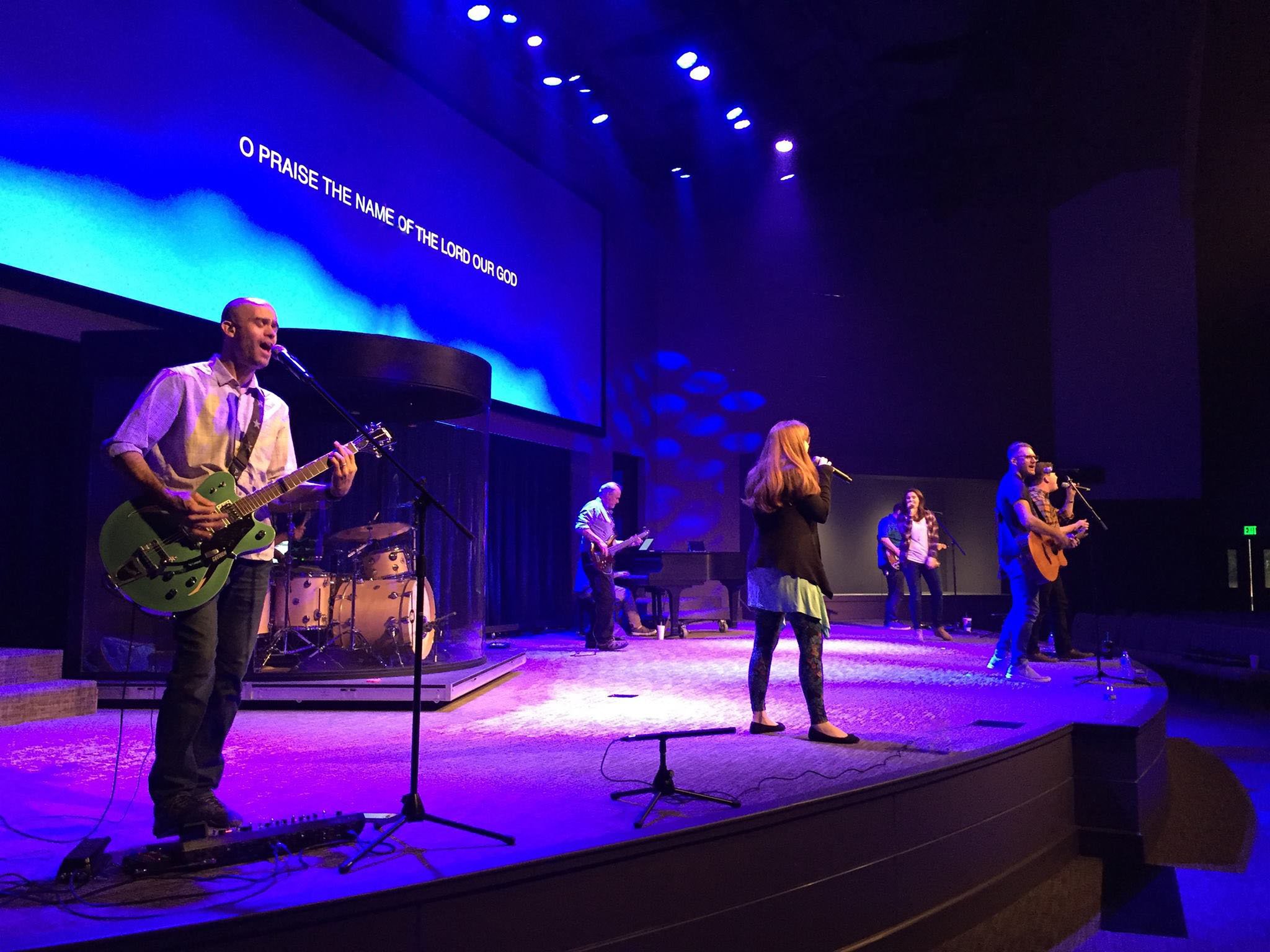
.png?width=95&name=SS%20Buyers%20Guide_3D%20(Resized).png) Church Sound System
Church Sound System



